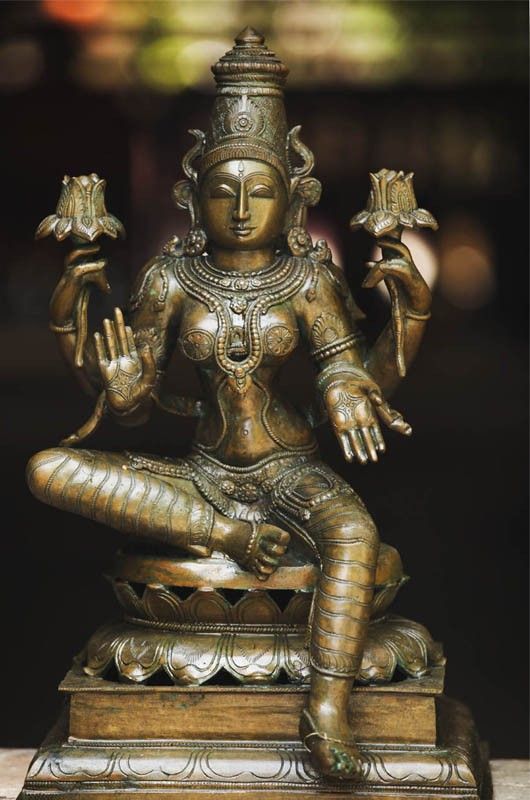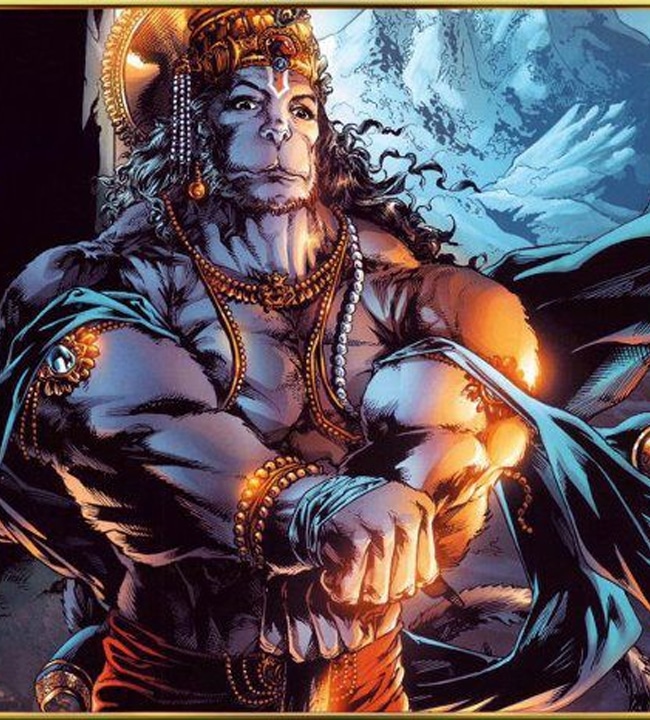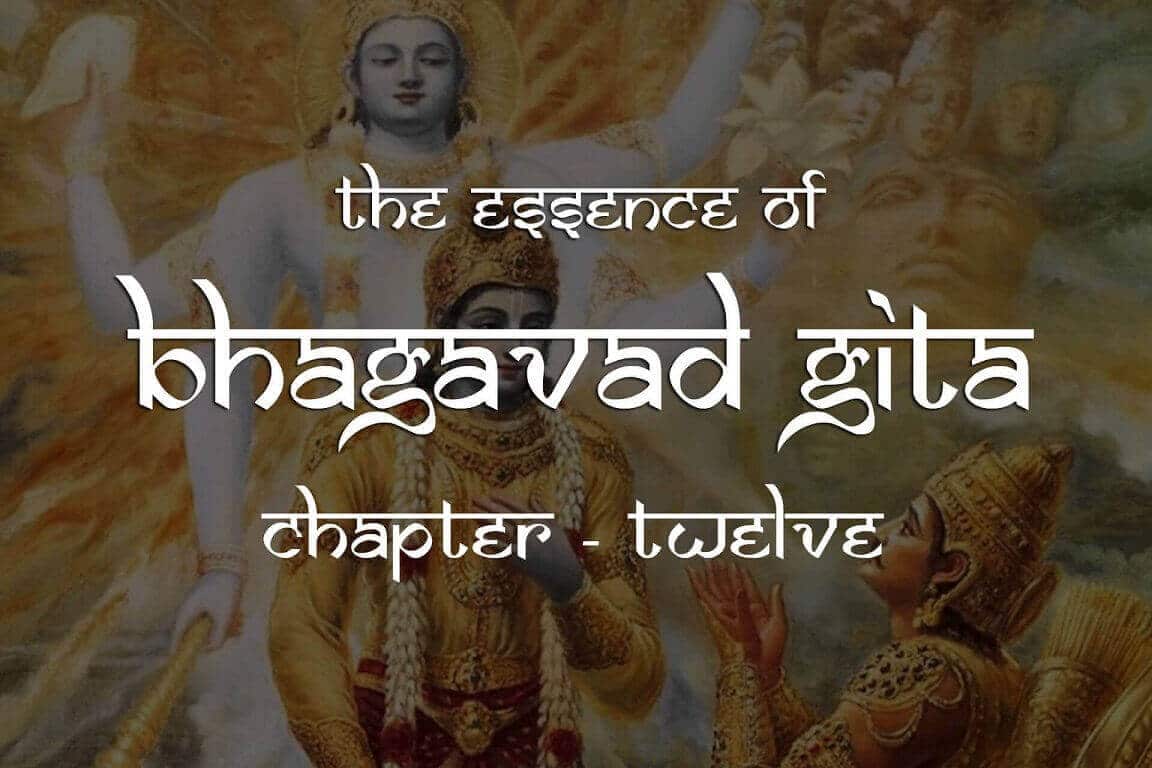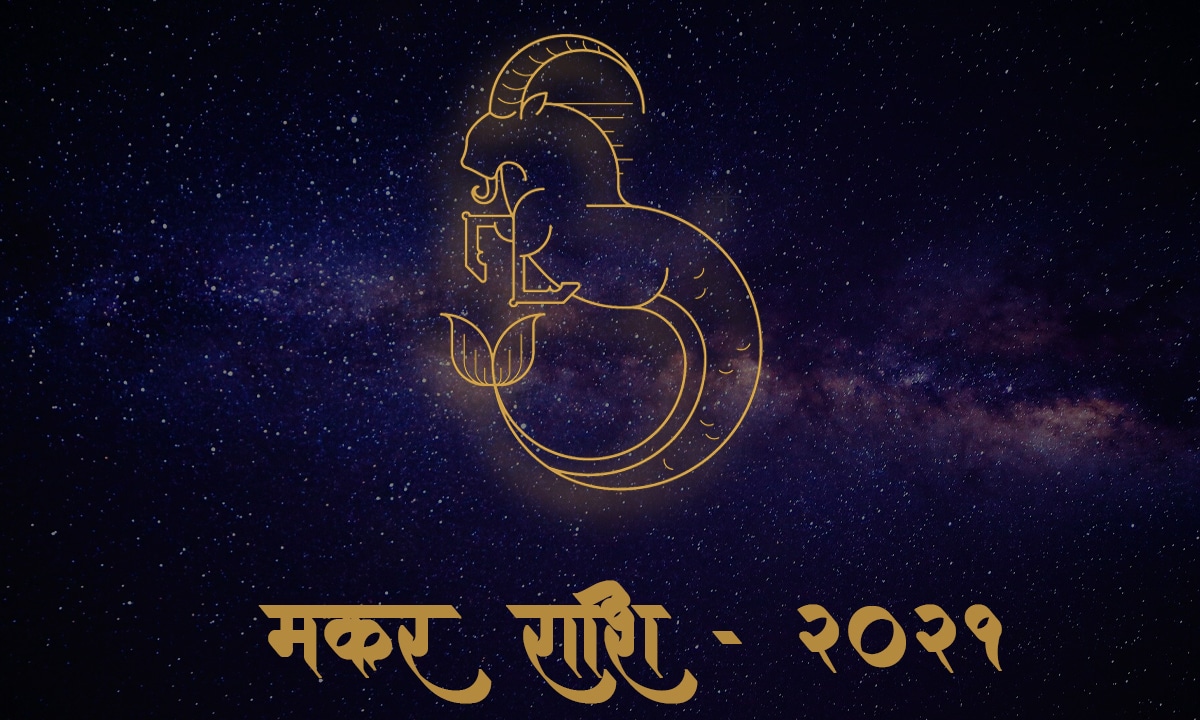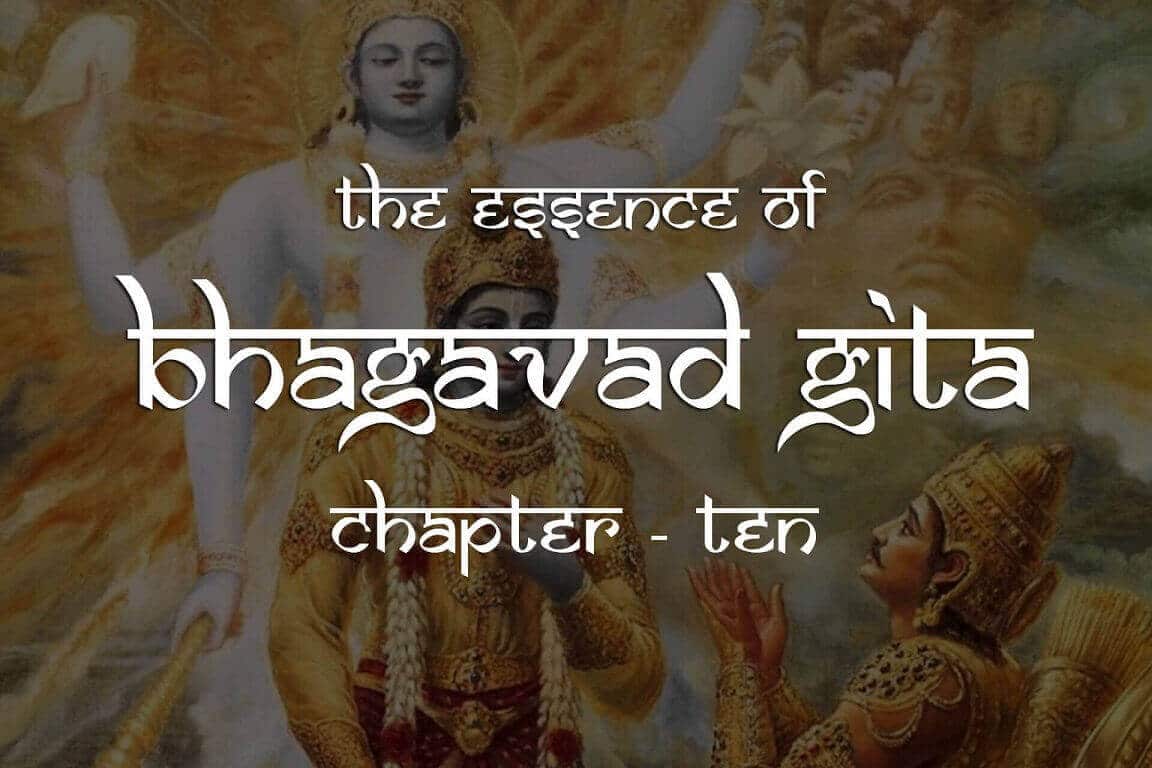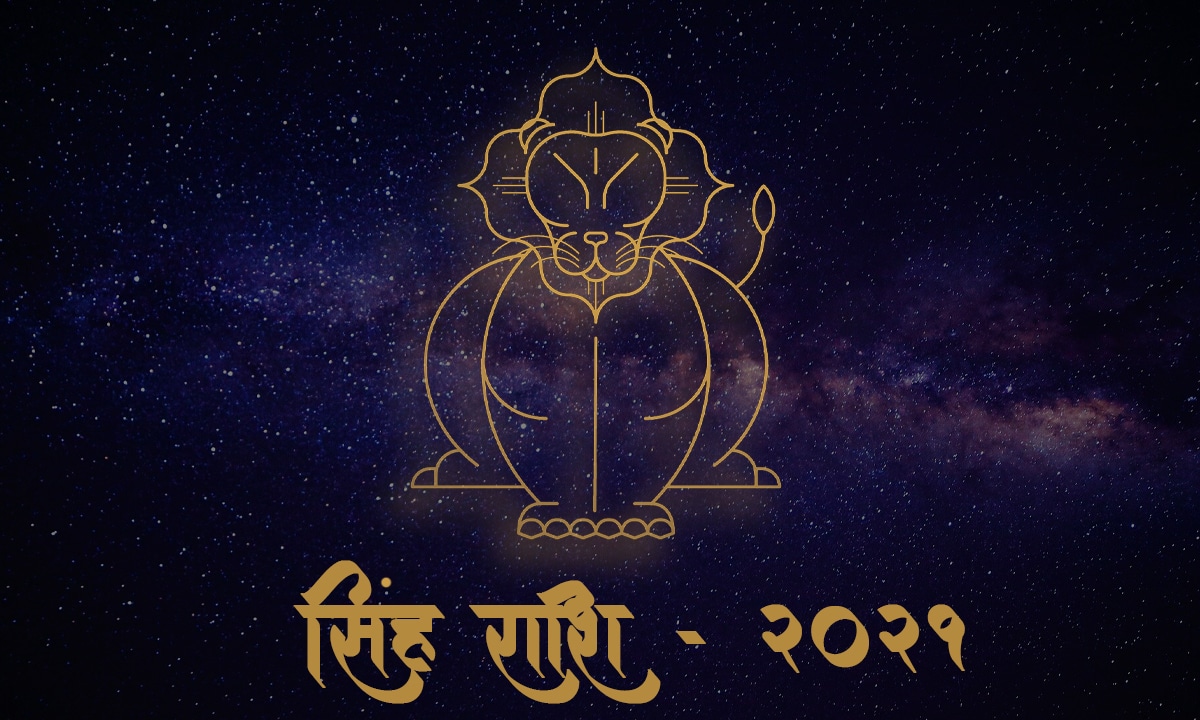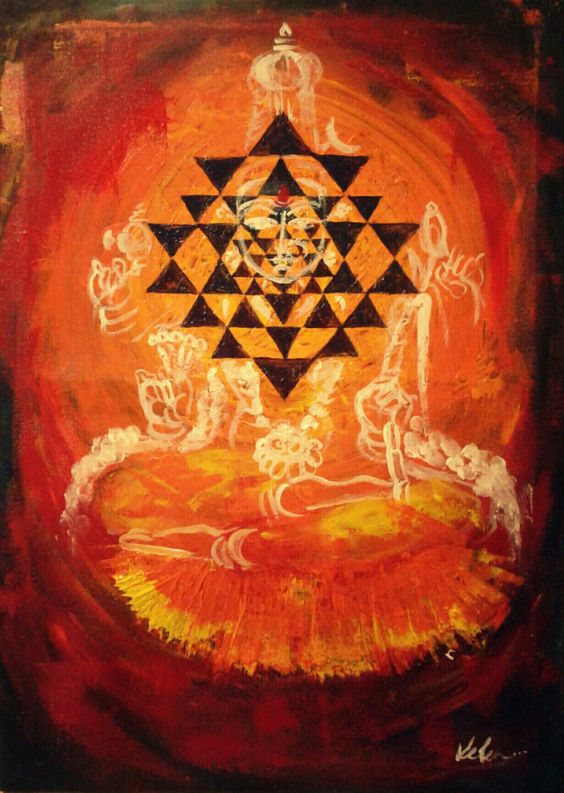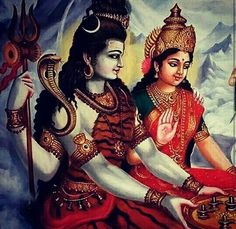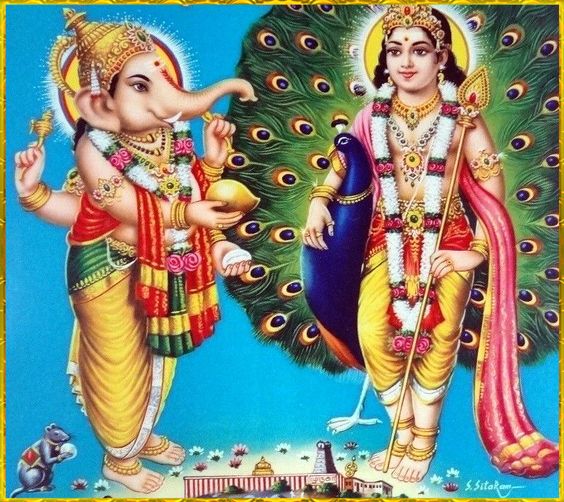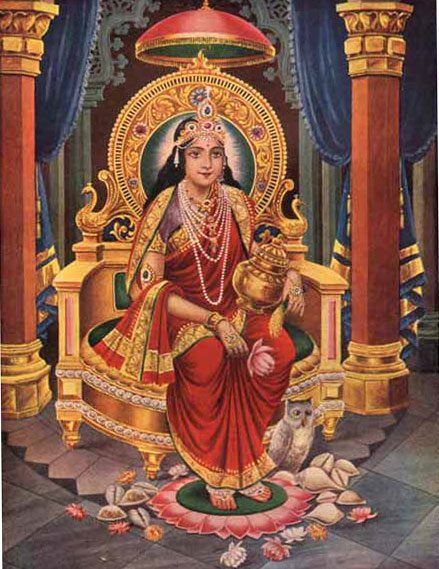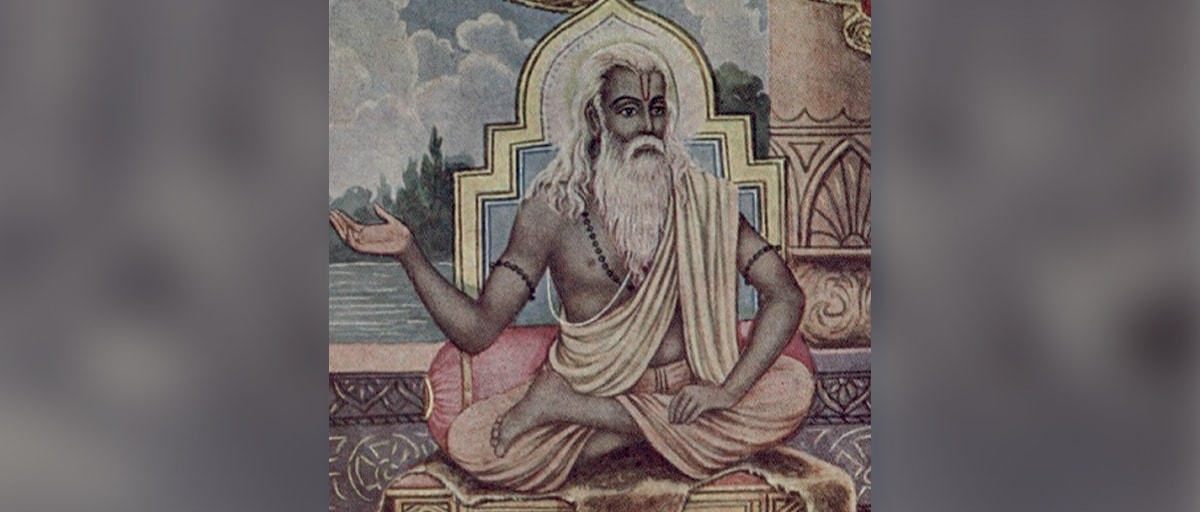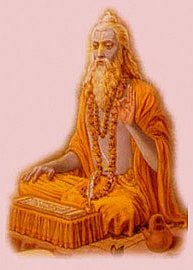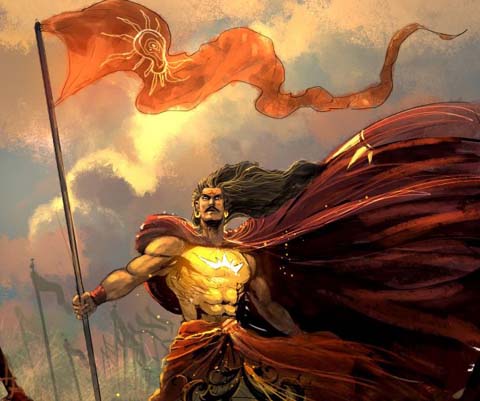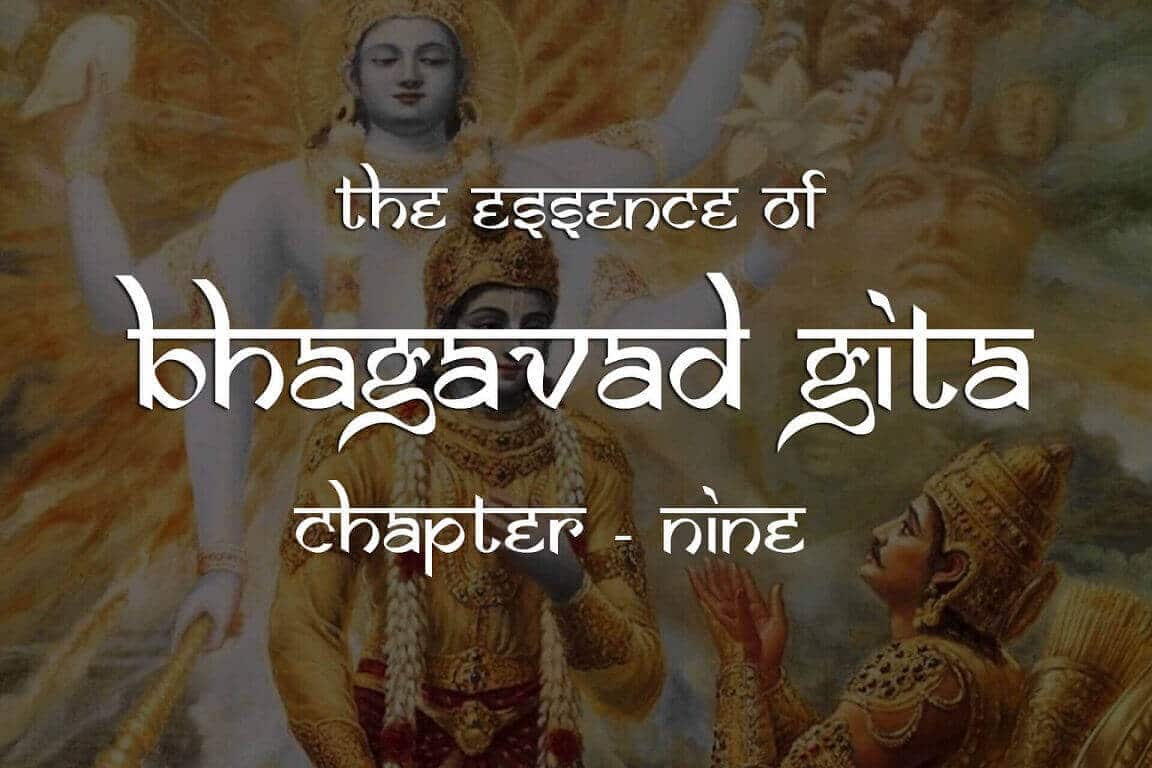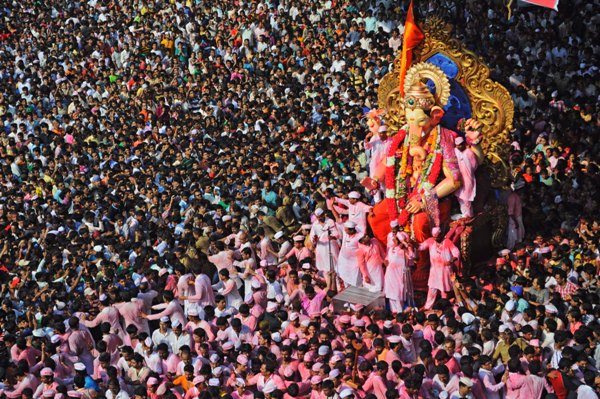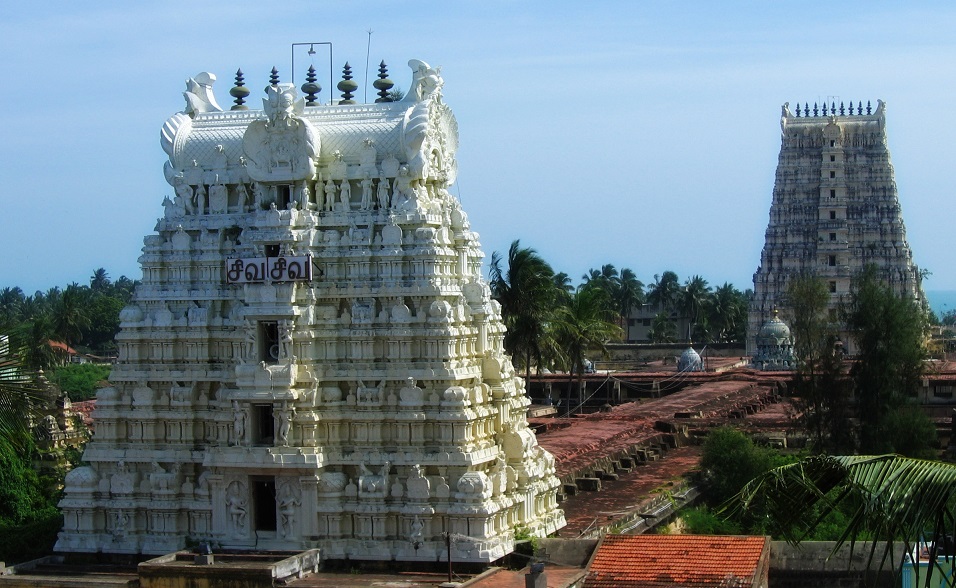There are 4 Stages of Life in Hinduism. These are called “ashramas” and every man should ideally go through each of these stages:
1. Brahmacharya – Bachelor, student phase of life
2. Grihastha – Married life phase and duties of maintaining a Household
3. Vanaprastha – Retirement phase and handing over responsibilities to next generation.
4. Sannyasa – Phasee of giving up material desires and prejudices. Wandering Ascetic Stage
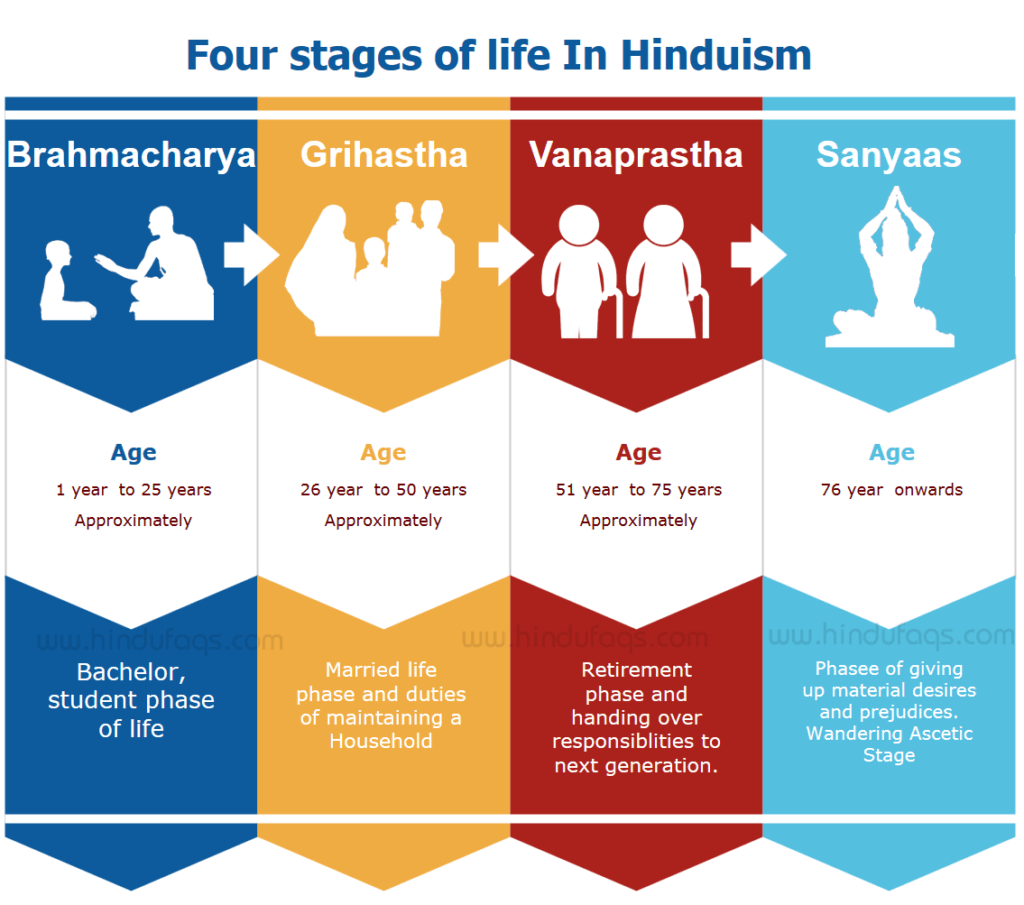
Brahmacharya – Student Phase:
This is a period of taking formal education from guru about art, warfare, science, philosophy, scriptures etc. Previously, the average lifespan was considered as 100 years so this phase is the first quarter or 25 years. At this phase, young young male leaves home to stay in gurukul with a guru and attain both spiritual and practical knowledge. During this period, he is called a Brahmachari and is prepared for his future profession.
Grihastha – The Married Family Man:
This stage is the second quarter of one’s life (25-50 years of age) begins when a man gets married, and undertakes the responsibility for earning a living raising kids and supporting his family. At this stage, Hinduism supports the pursuit of wealth (artha) as a necessity, and indulgence in sexual pleasure (kama), under certain defined social and cosmic norms. At this stage, the children of this man are in Brahmacharya phase.
Vanaprastha – Retirement stage:
This stage of a man begins when his duty as a householder comes to an end. This is a third phase of life (51-75 approximately). In this stage, the person handover the responsibilities to next generation. He has become a grandfather, his children are grown up, and have established lives of their own. At this age, he give up his wealth, security, sexual pleasures. At this time, the previous generation enters Grihasta phase.
He is allowed to take his wife along but is supposed to maintain little contact with the family. This kind of life is indeed very harsh and cruel for an aged person. No wonder, this third ashrama is now nearly obsolete.
Sanyasa – The Wandering Recluse:
At this stage, the man give up every material desires and detaches himself from all the material relationships. He supposed to be totally devoted to God. He is a sanyasi, he has no home, no other attachment; he has renounced all desires, fears, hopes, duties and responsibilities. He is virtually merged with God, all his worldly ties are broken, and his sole concern becomes attaining moksha or release from the circle of birth and death. At this stage, the previous generation is entering Vanaprastha stage where as the generation before them are entering Grihastha stage. And the cycle goes on.



